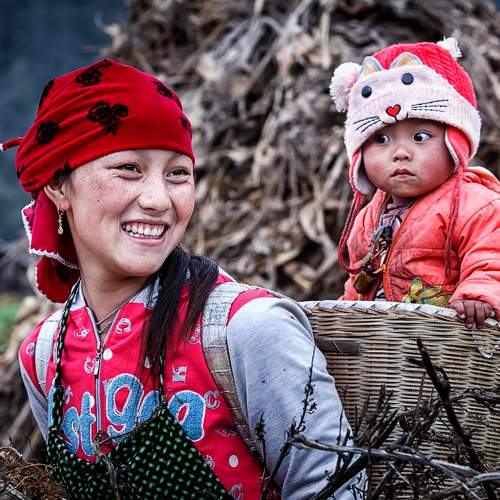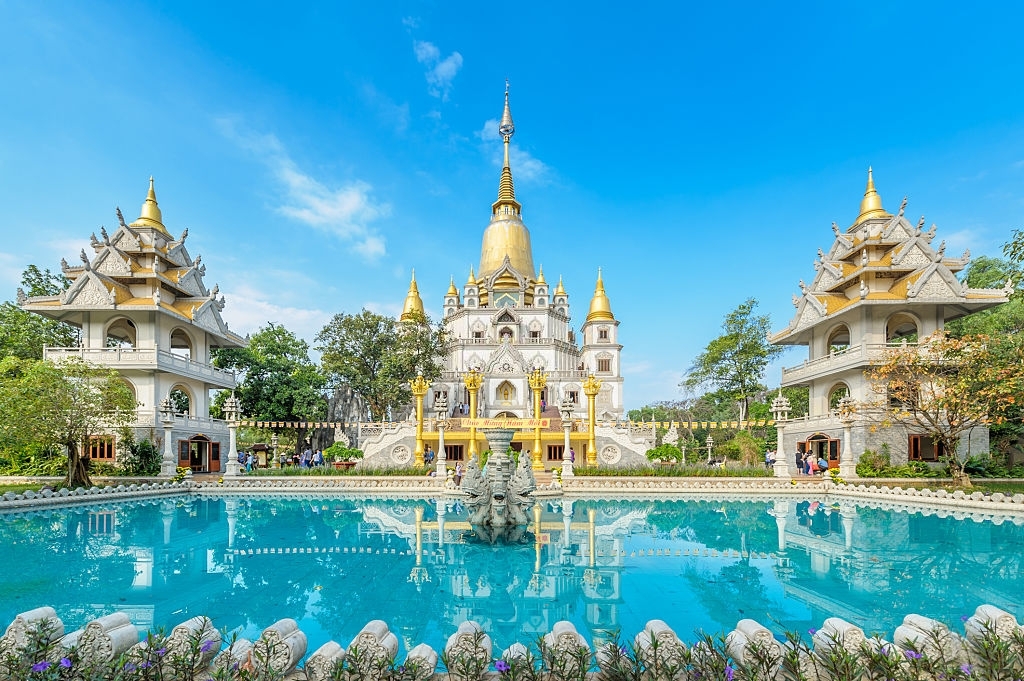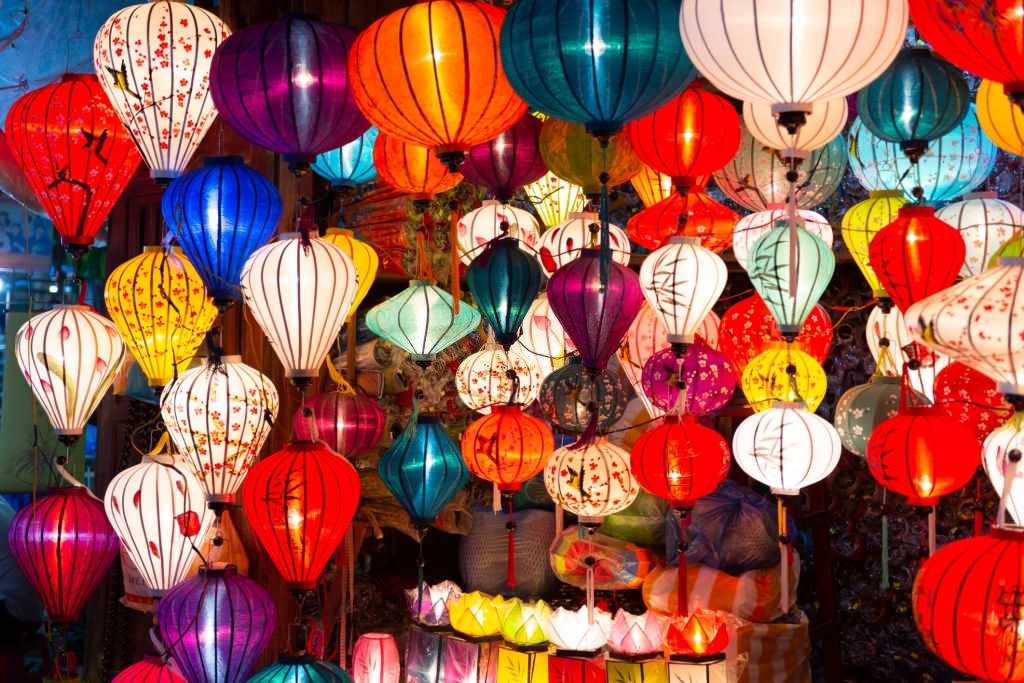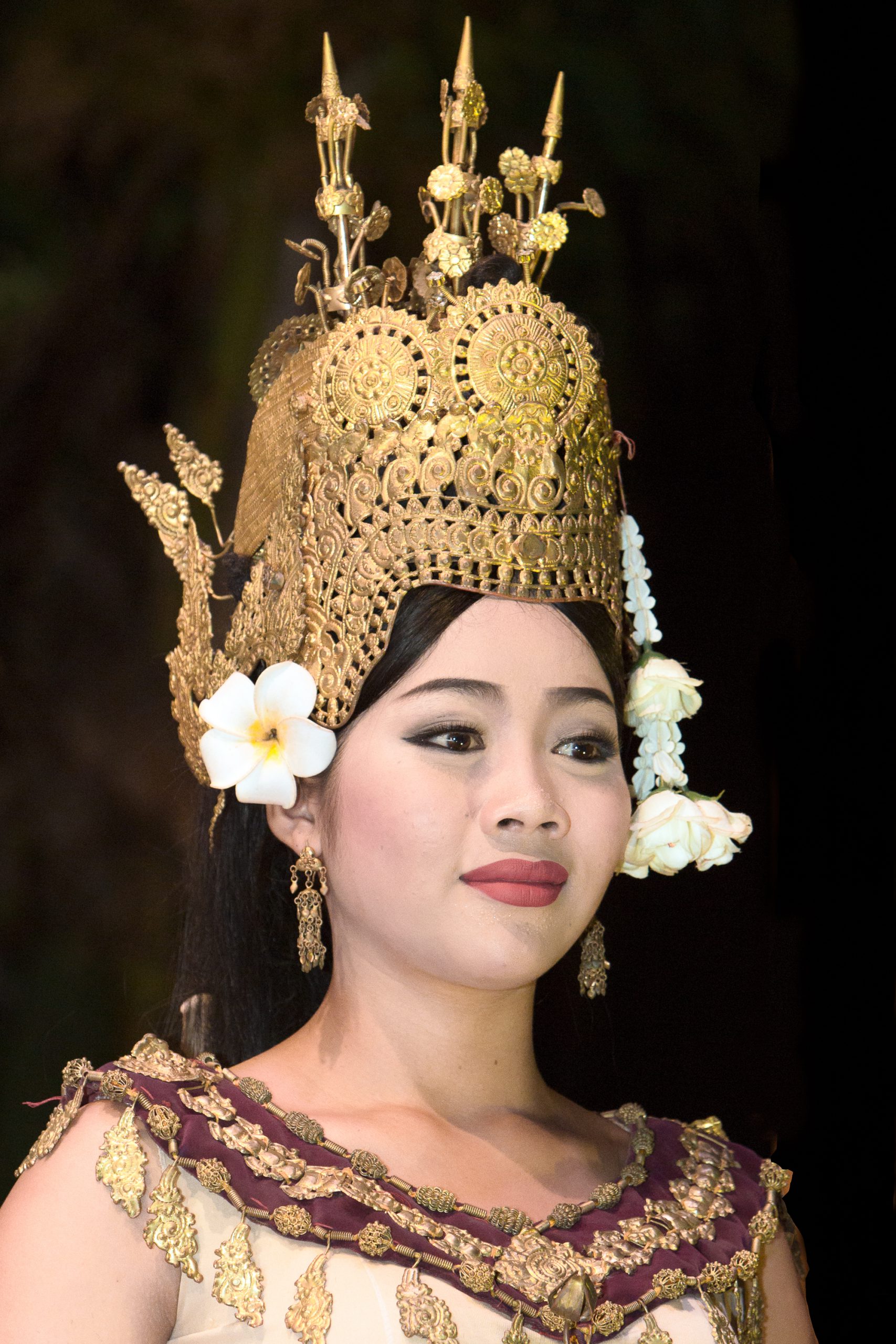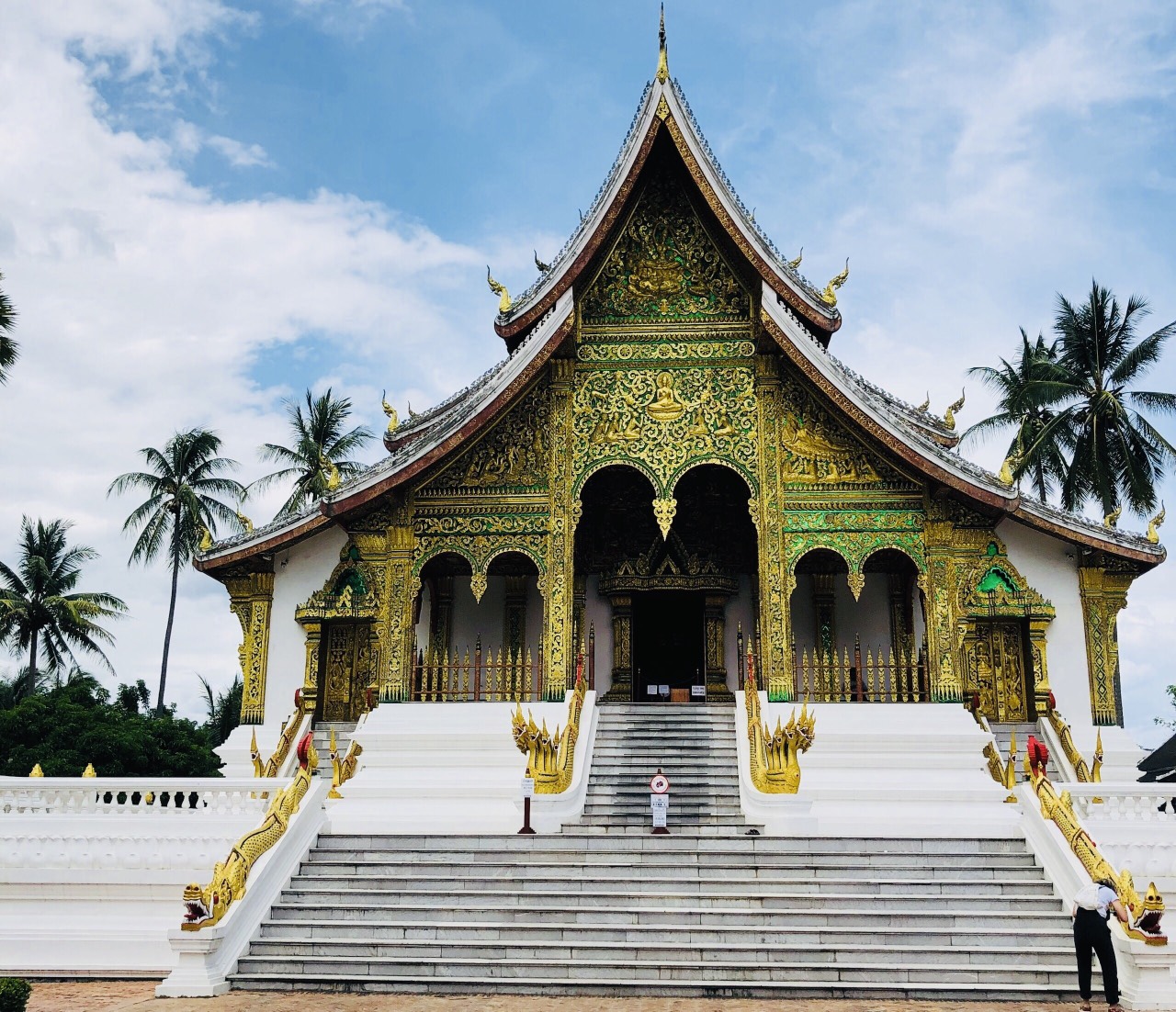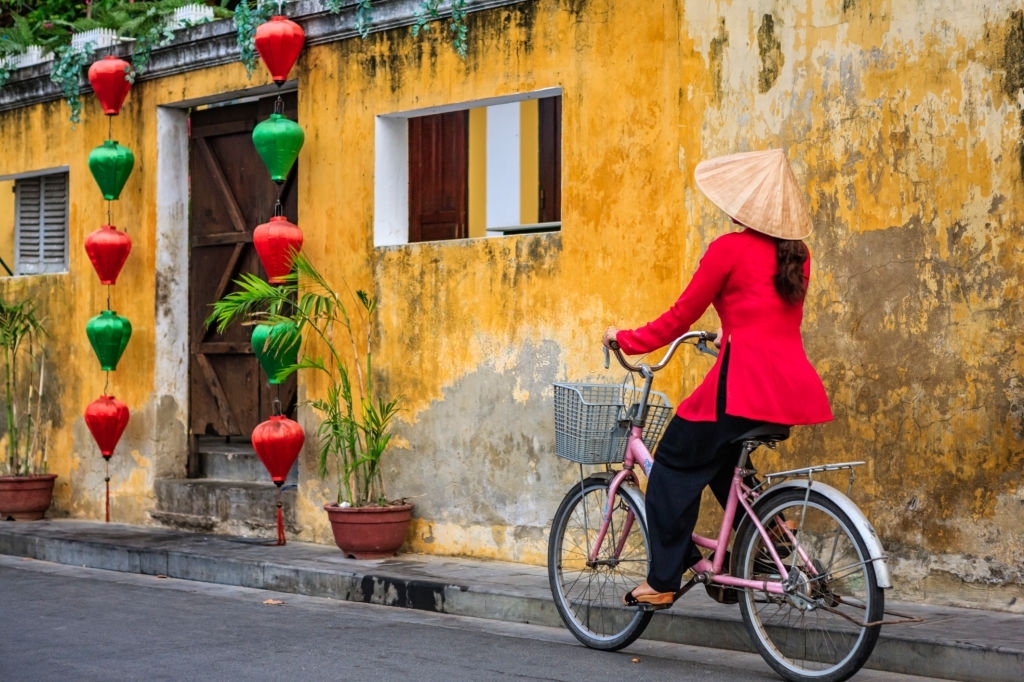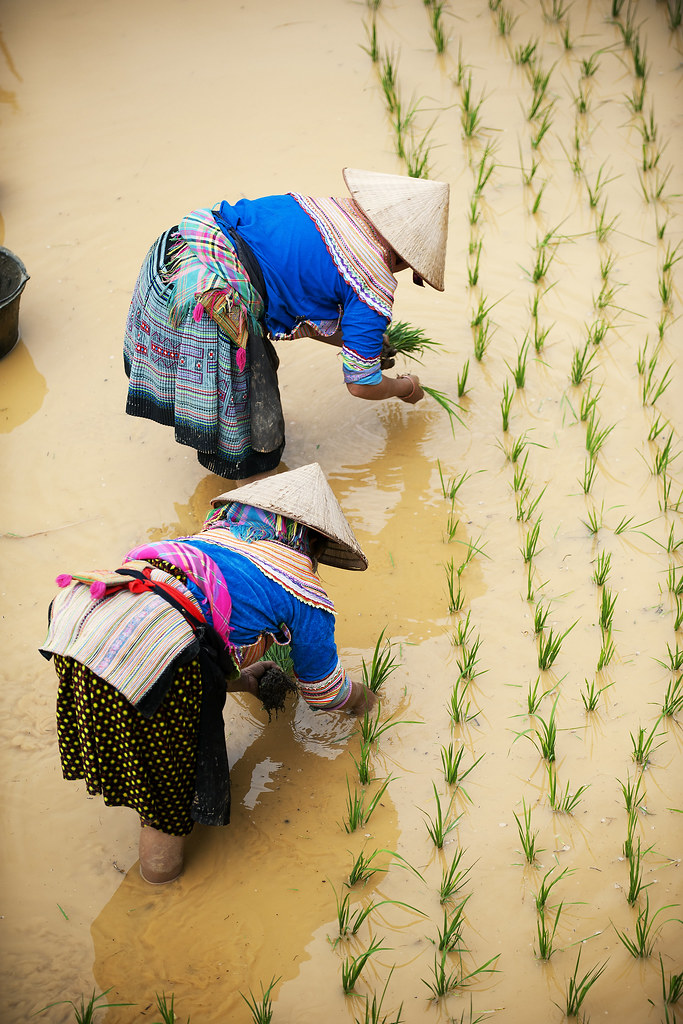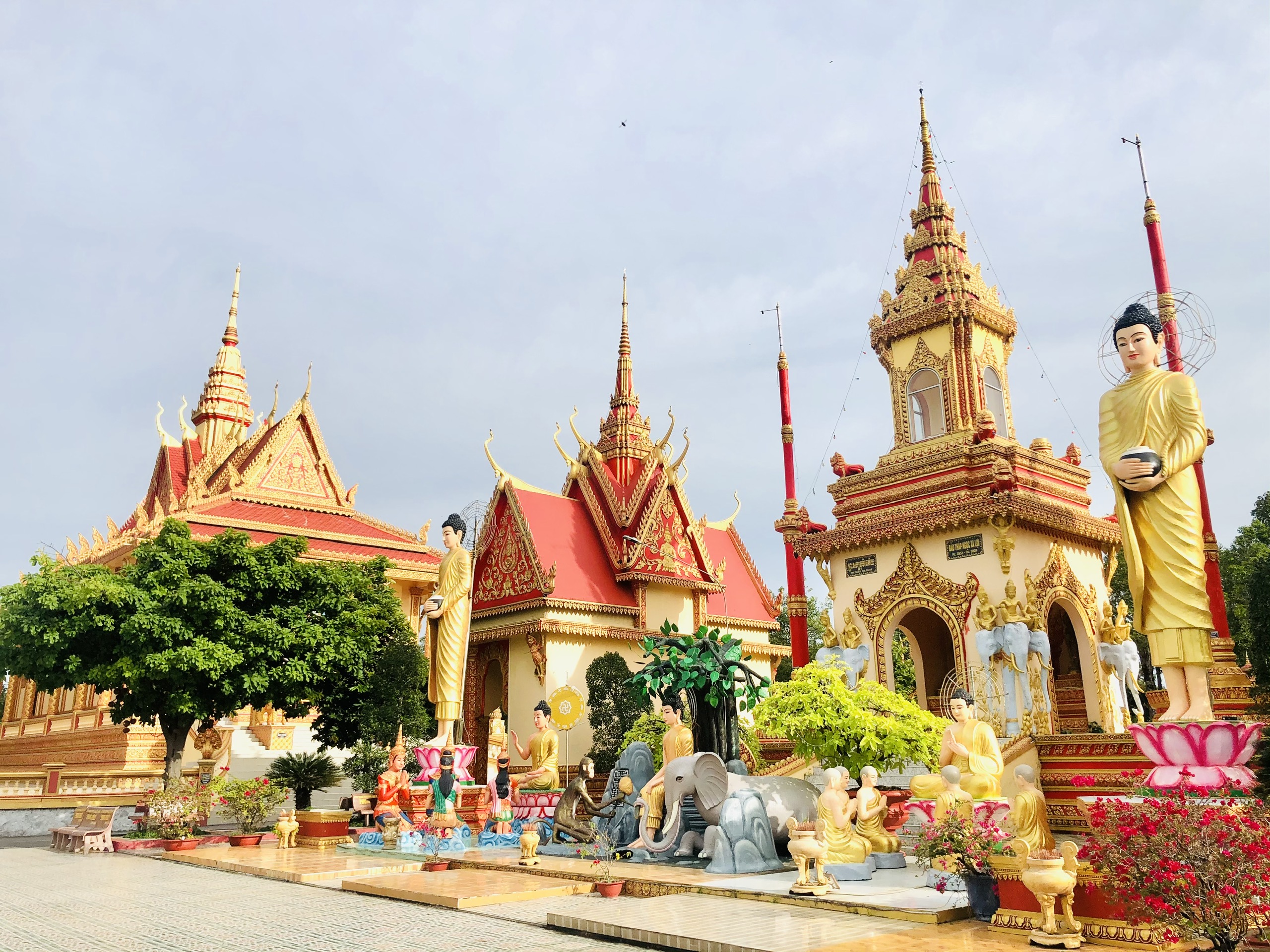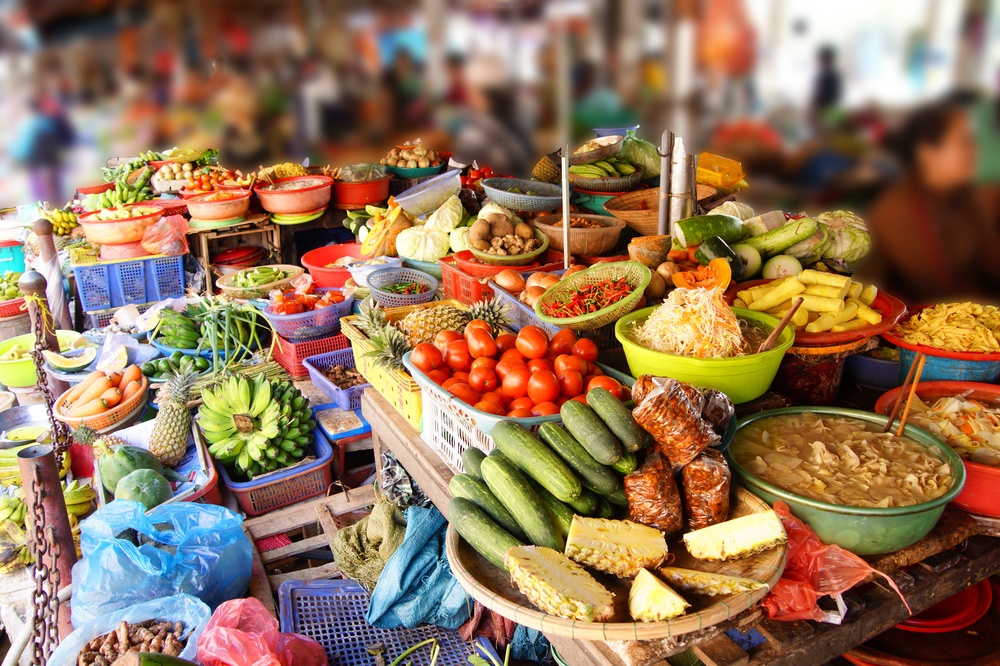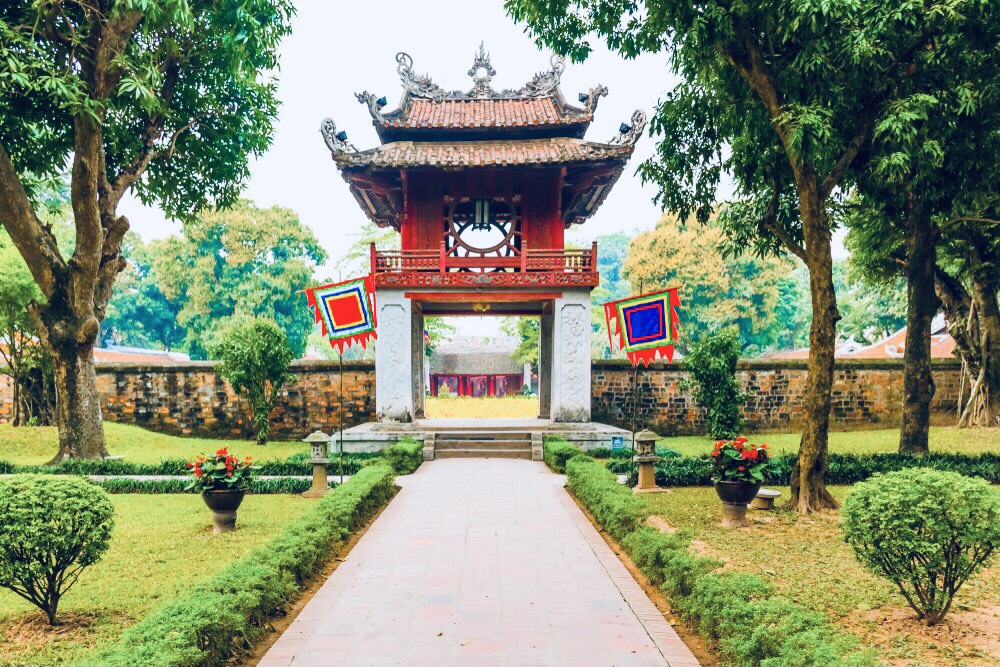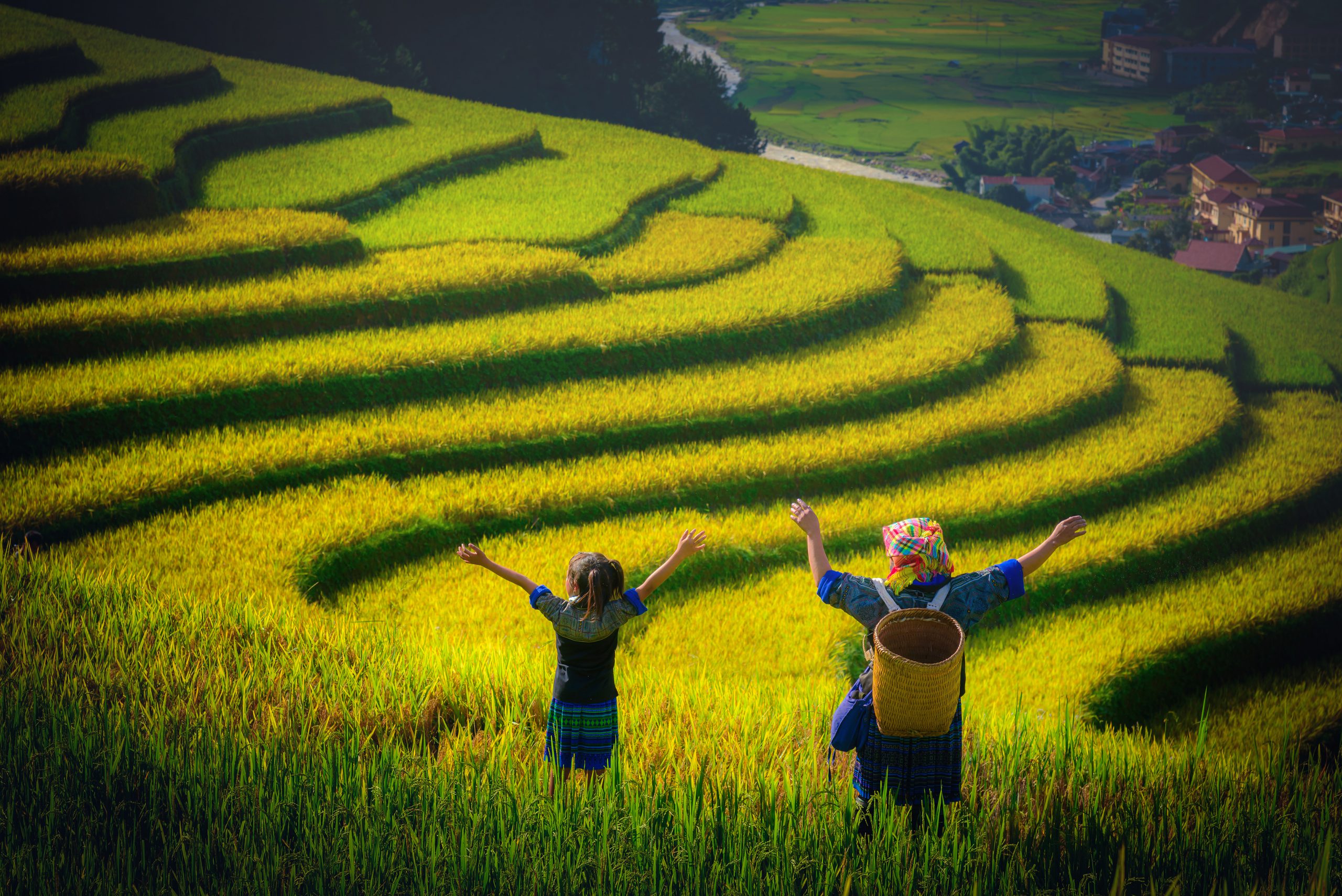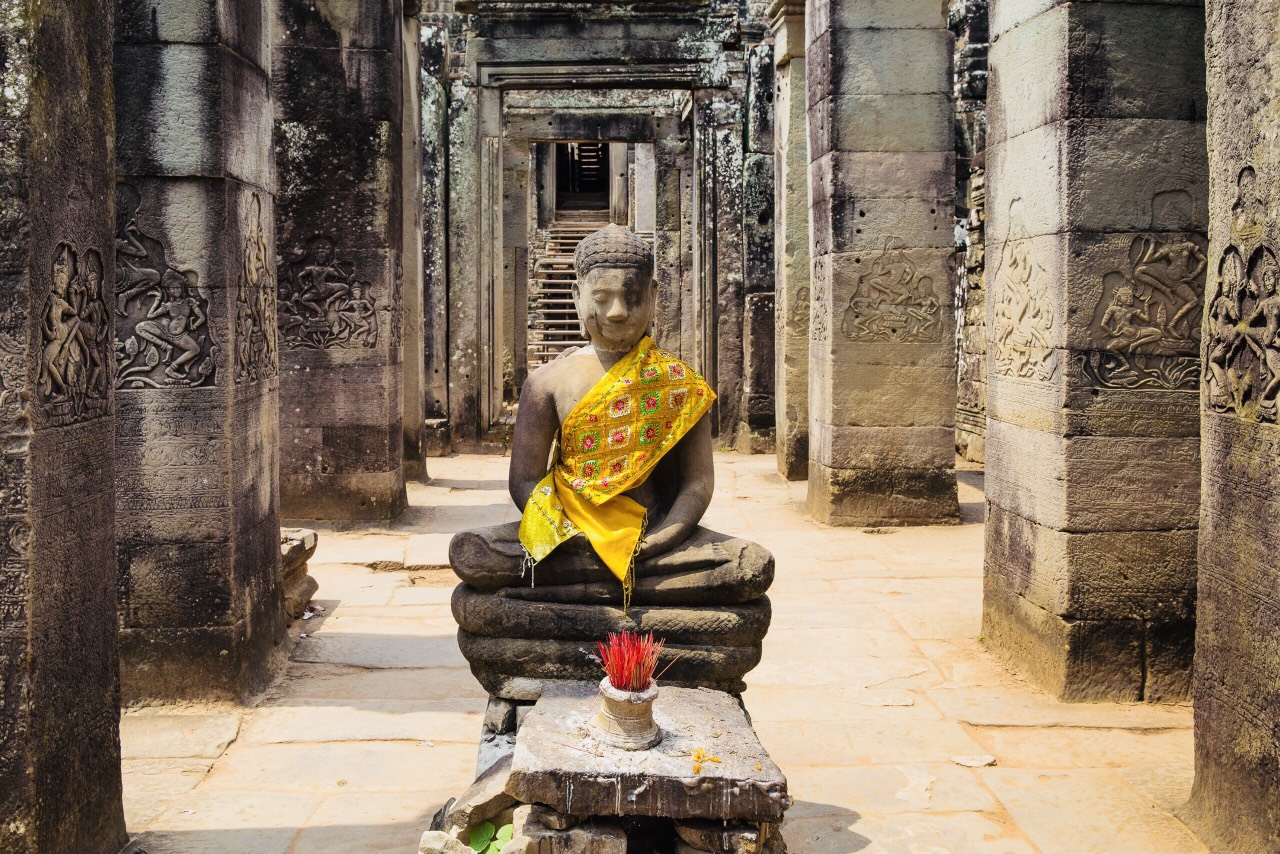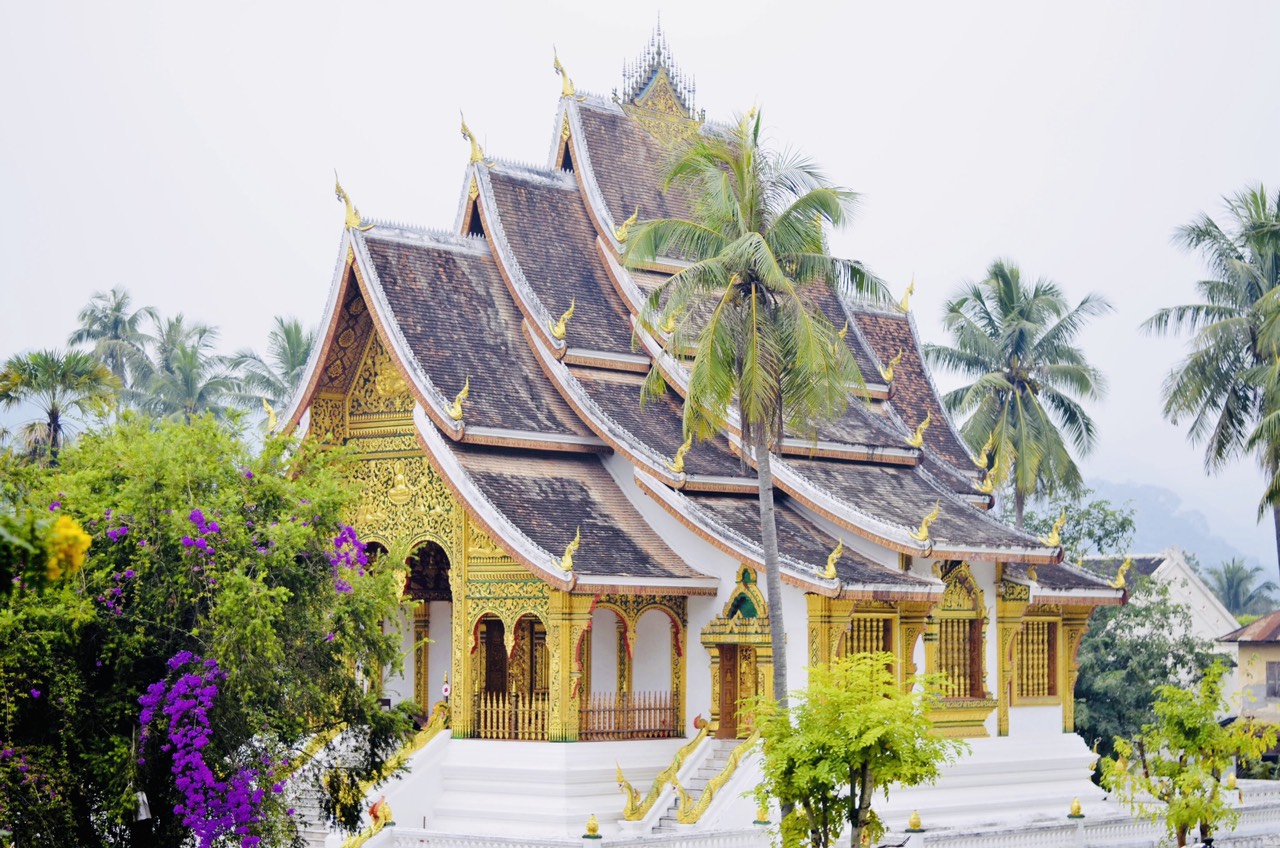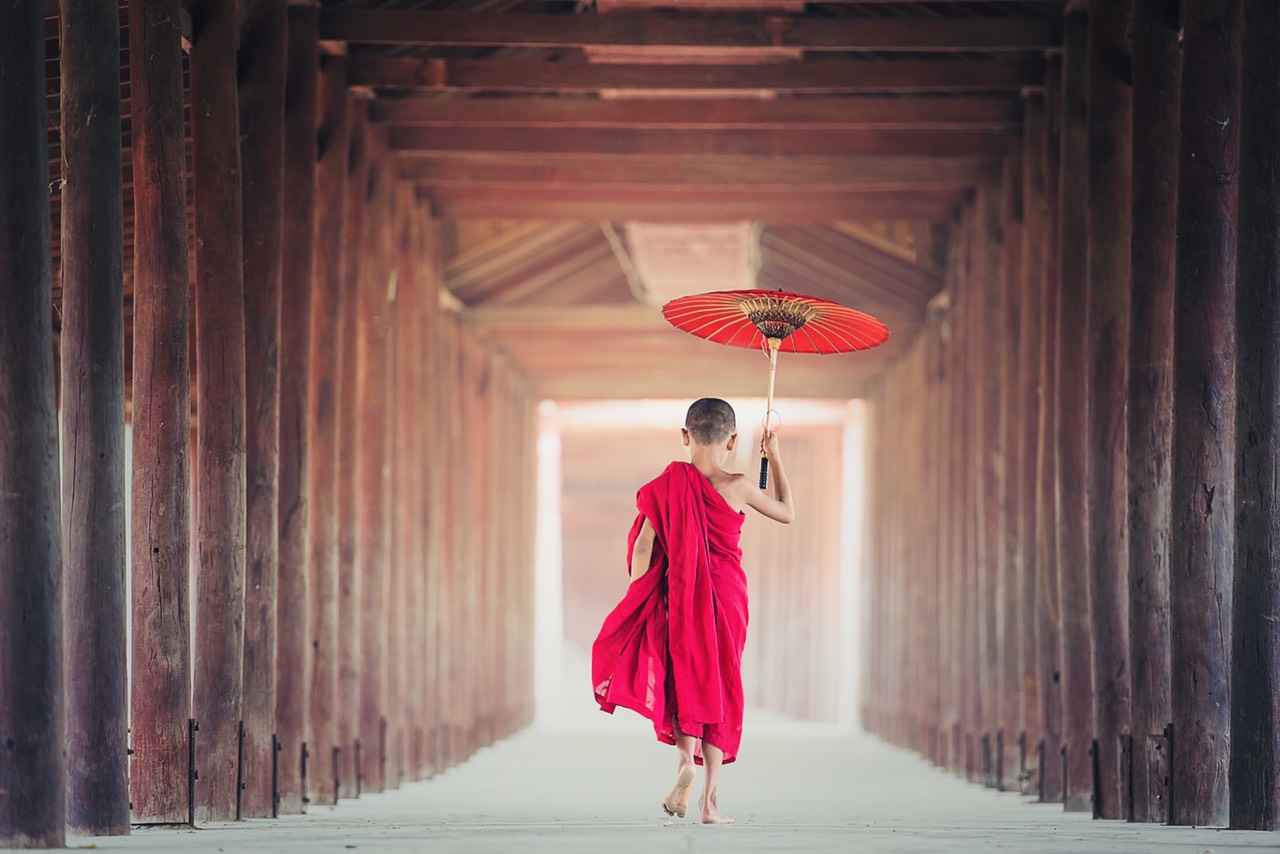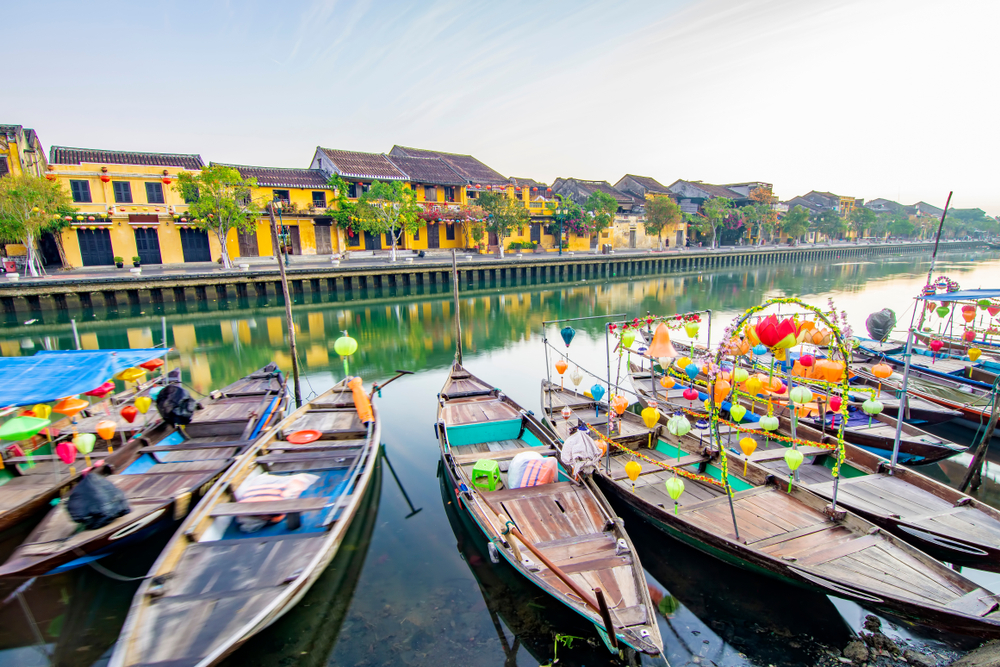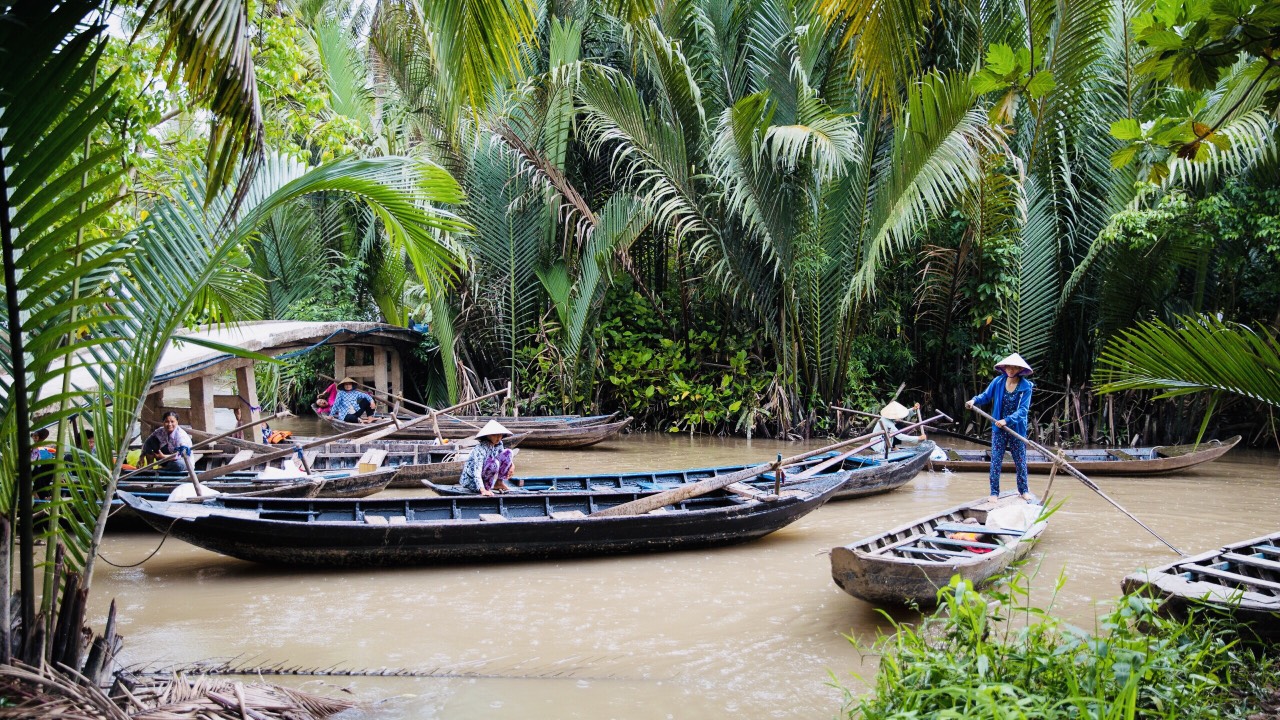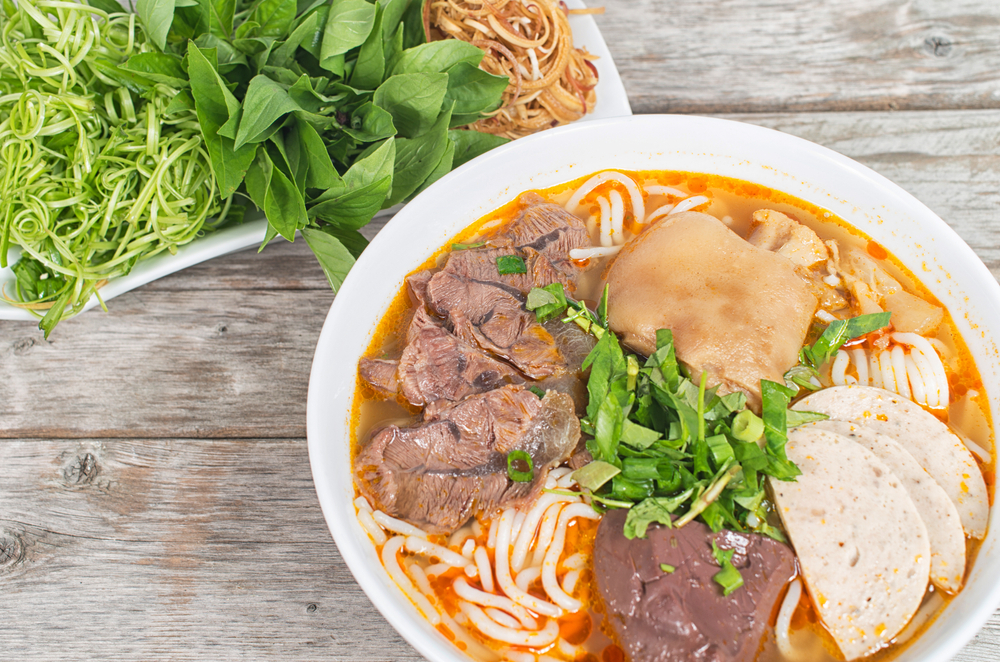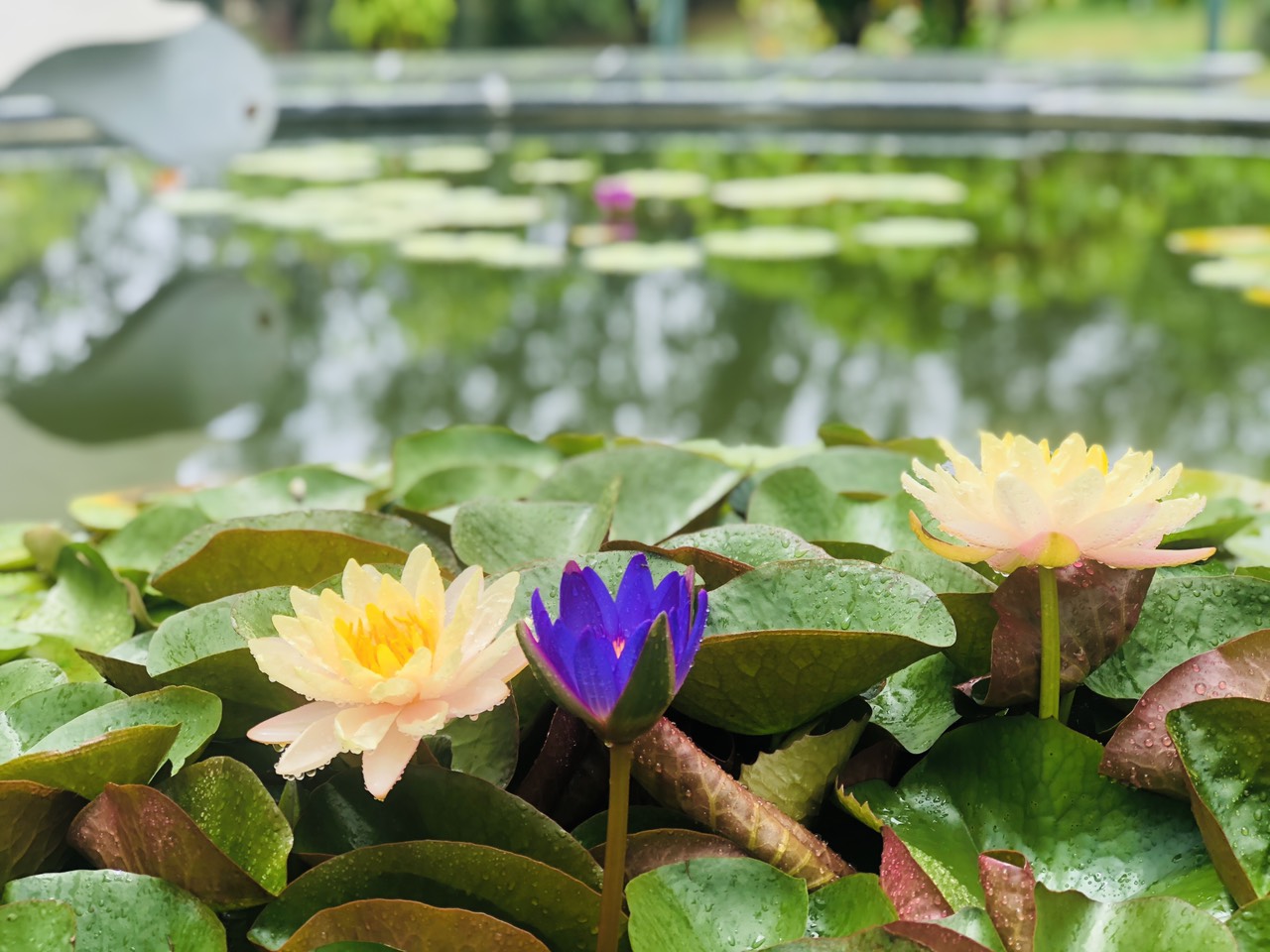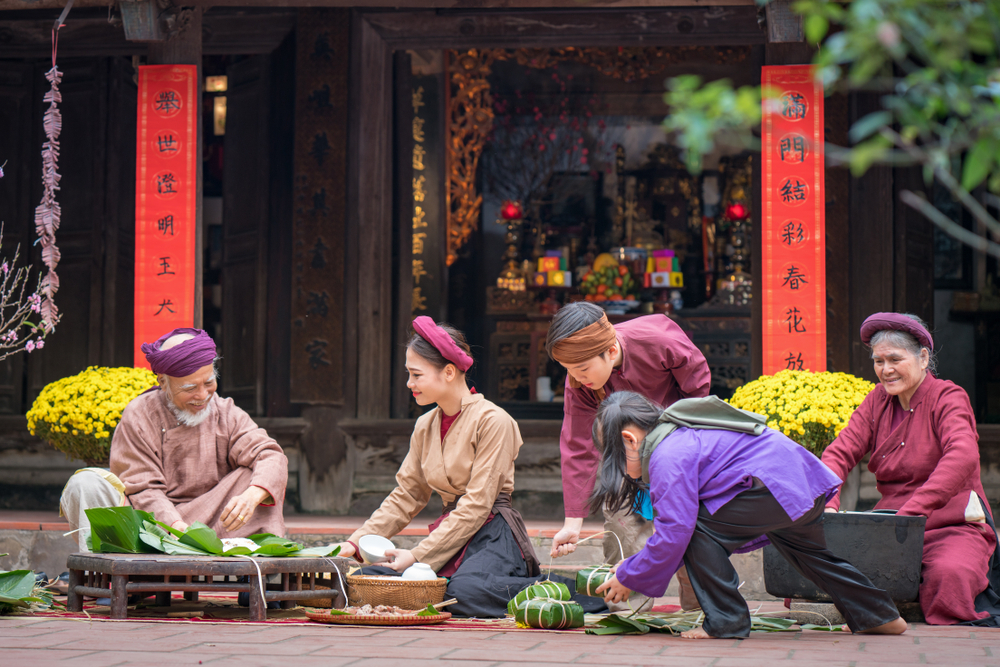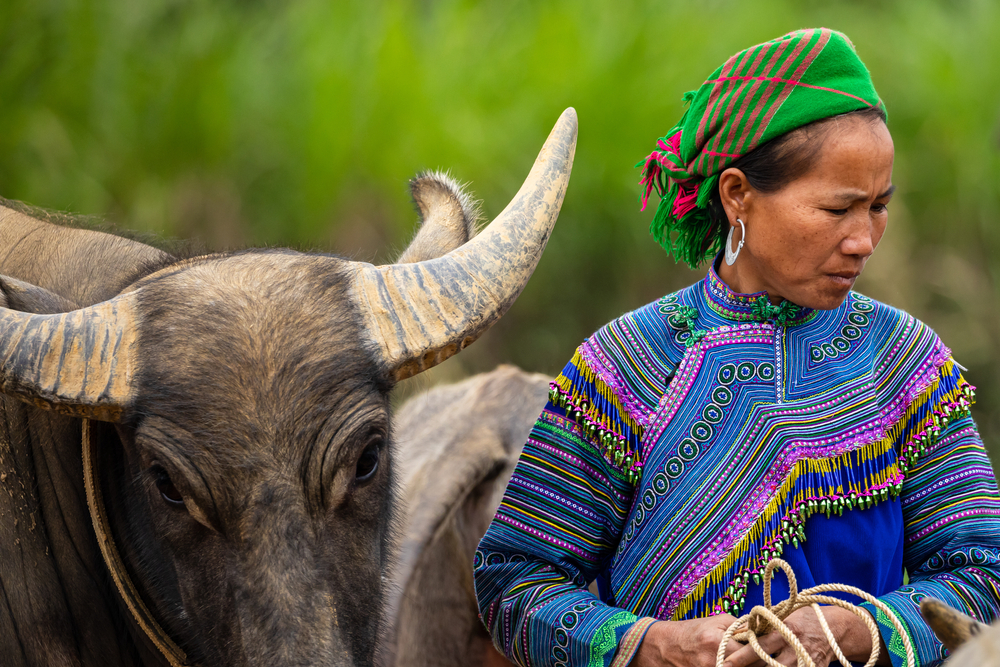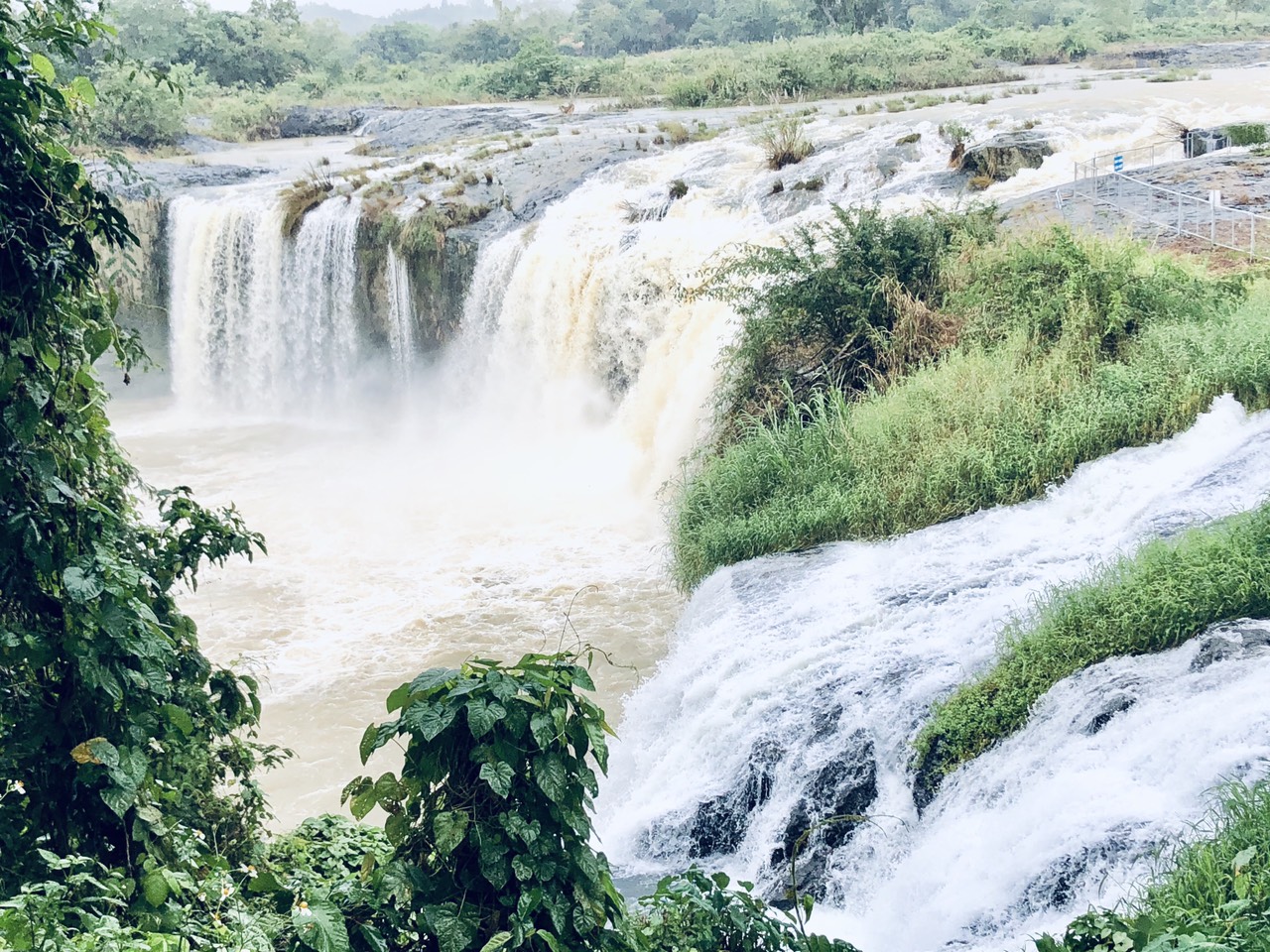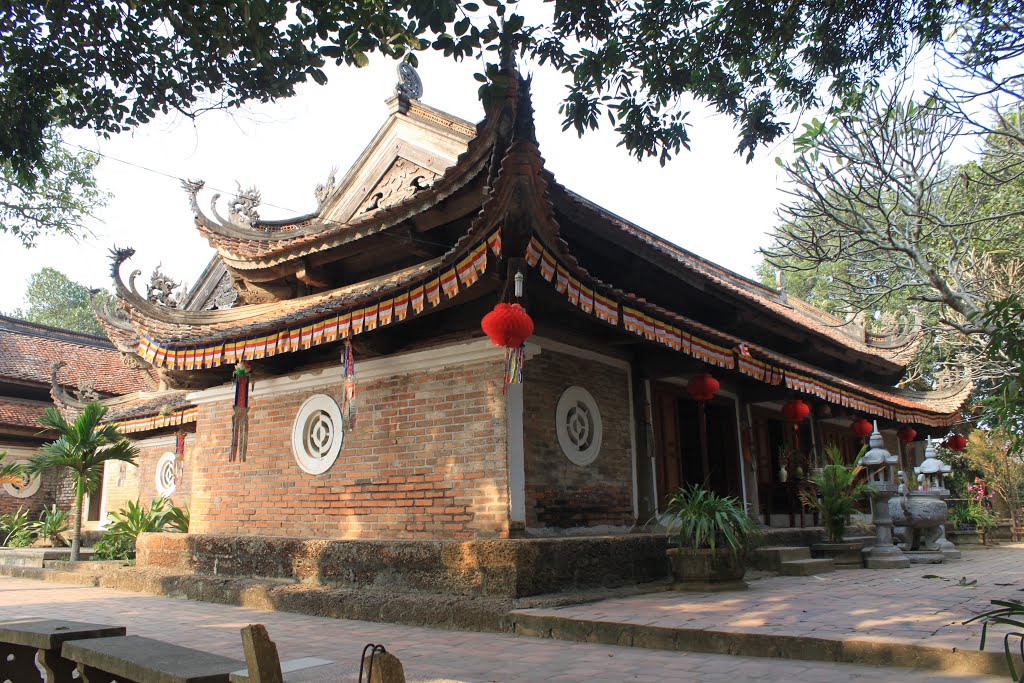
About 35km west of downtown Hanoi, Tay Phuong Pagoda (Western Pagoda) is one of the oldest in the country. It attracts not only people wishing to discover Buddhist culture but also architecture enthusiasts. The pagoda is famous for its collection of red and gold lacquered jackfruit wood sculptures. A pride of Vietnamese Buddhist art!
Tay Phuong Pagoda is also known as Sung Phuc Tu Pagoda, meaning the pagoda of Buddhist blessing worship. It is located on top of a wooded hill in Yen village, Thach That suburban district, Hanoi. The shape of the relief recalls the image of a herd of buffaloes drinking water from a pond.

Built in the 3rd century, Tay Phuong pagoda was originally a small temple. In 1632, under the dynasty of King Le Than Tong, it was enlarged and became the pagoda. It was completely renewed in its present form in 1794 under the Tay Son dynasty. It is the second oldest pagoda in the North, after the Dau Pagoda in Bac Ninh.
From the stone gate sheltered in the shade of the secular trees, you climb 239 stone steps to reach the courtyard of the pagoda.
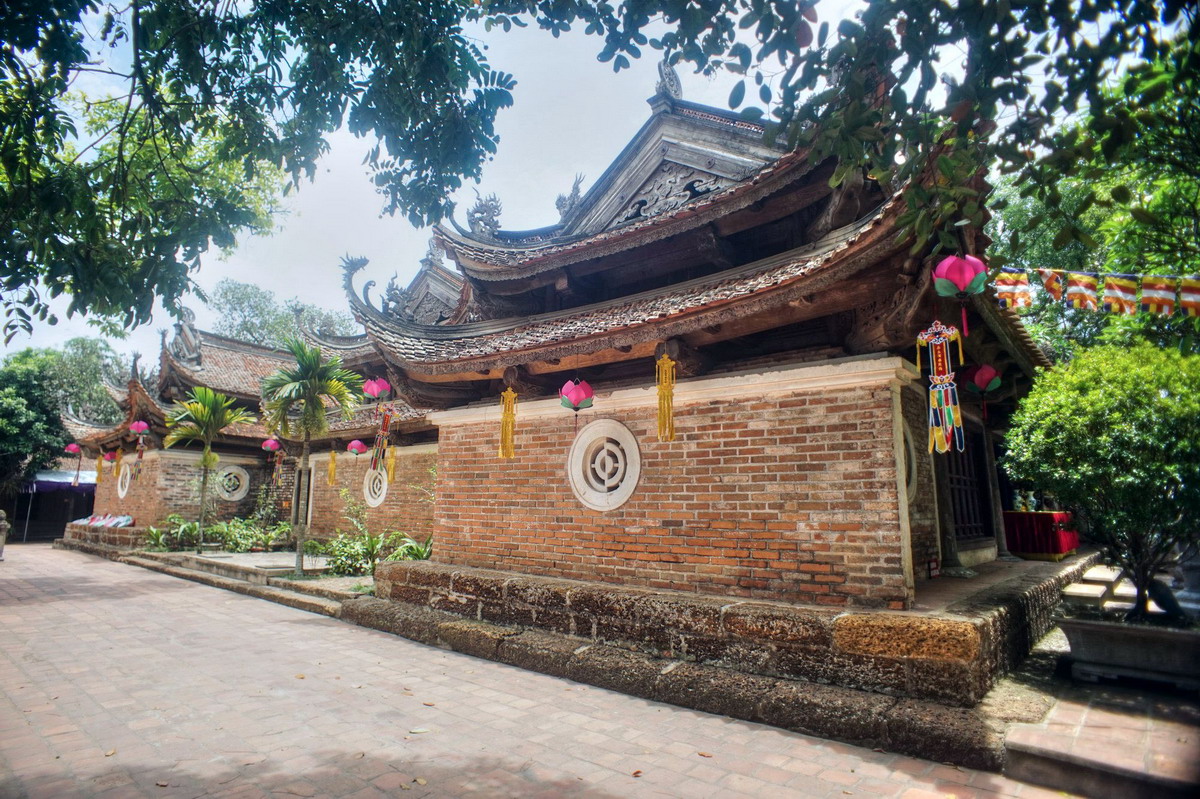
The pagoda has three parallel parts Ha (lower), Trung (middle) and Thuong (upper), according to the shape of the Chinese character 三 (three).
Each pagoda has two overlapping tile roofs decorated with carvings of flowers, leaves, dragons, lions and phoenixes. All the pillars are set on a lotus-shaped blue stone, a symbol of purity. The walls are made of bricks from the pottery village of Bat Trang. Walking around the pagoda, you will certainly be interested in the round windows which symbolize the Yin and Yang of Vietnamese culture. The white windows surrounded by red bricks give the pagoda a unique beauty.
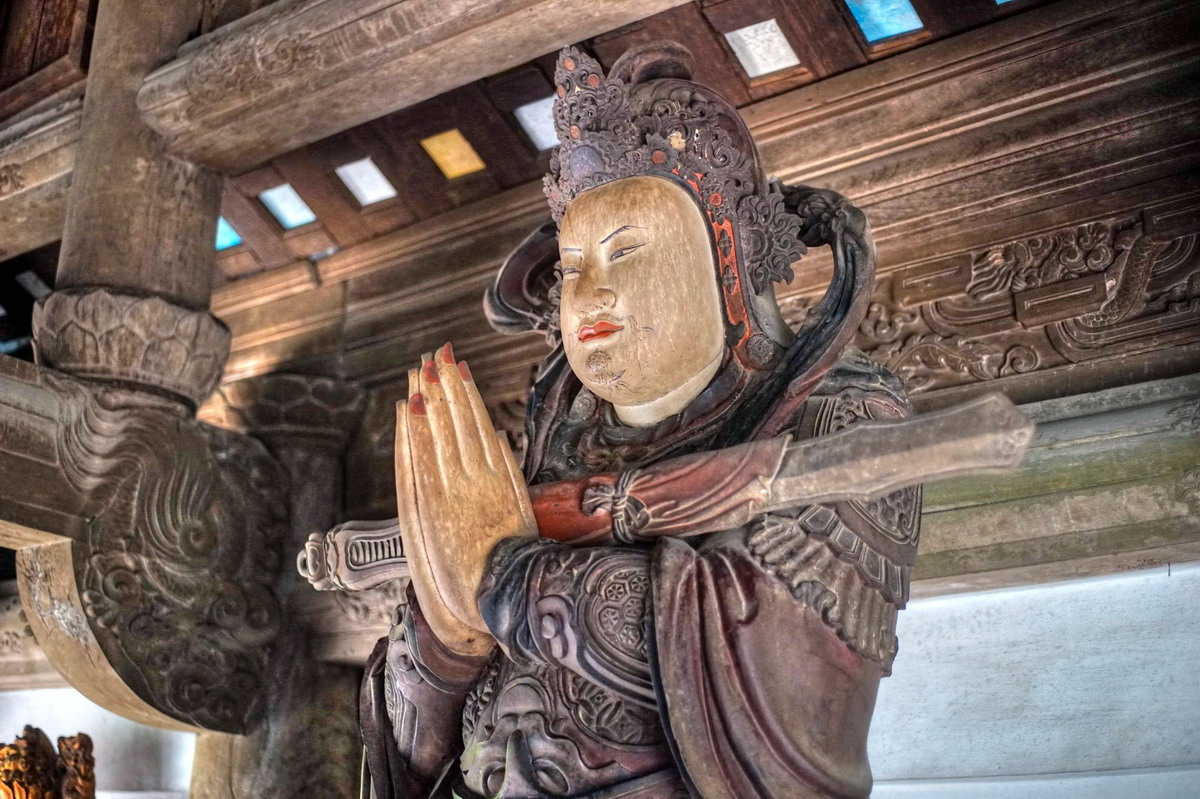
Tay Phuong pagoda is famous for its treasure of 62 jackfruit wood statues such as Vajrapanis, Sakyamuni meditation, Guanyin with a Thousand Hands and a Thousand Eyes, bodhisattvas and in particular the 18 Arhats very skilfully sculpted. No two statues are alike. Some are meditating and others look joyful. Each one describes different human emotions: joy, anger, sadness, unhappiness…
In 2007, Tay Phuong Pagoda was recognized by the Vietnam National Records Organization as “the pagoda with the most representative Arhats of Vietnam’s 18th century sculpture art”.
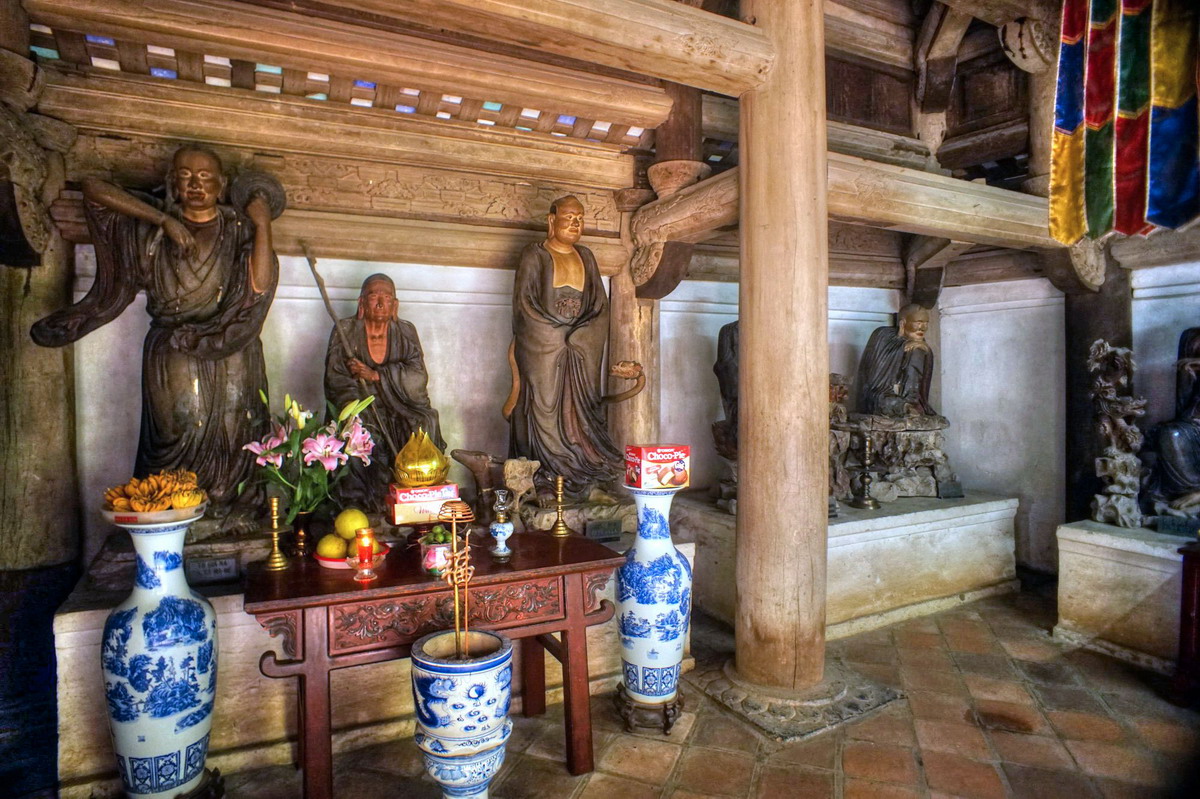
Every year, the pagoda organizes a spring festival in its compound, attracting many pilgrims from all over the world. If you have the opportunity to go there during these days, you can participate in many traditional games: puppet shows, arm wrestling, chess, cockfights, etc… The centerpiece of this festival is the Sam Hoi (mea culpa) ceremony, which takes place on the 6th day of the 3rd lunar month, it encourages all people to practice compassion and charity, to avoid doing bad things and to strive for serenity and tranquility.
The visit to this pagoda takes about an hour. Combined with other attractions in the area, such as the ancient village of Duong Lam, the Thay pagoda, you will spend an unforgettable day in complete tranquility on the outskirts of the Vietnamese capital.






